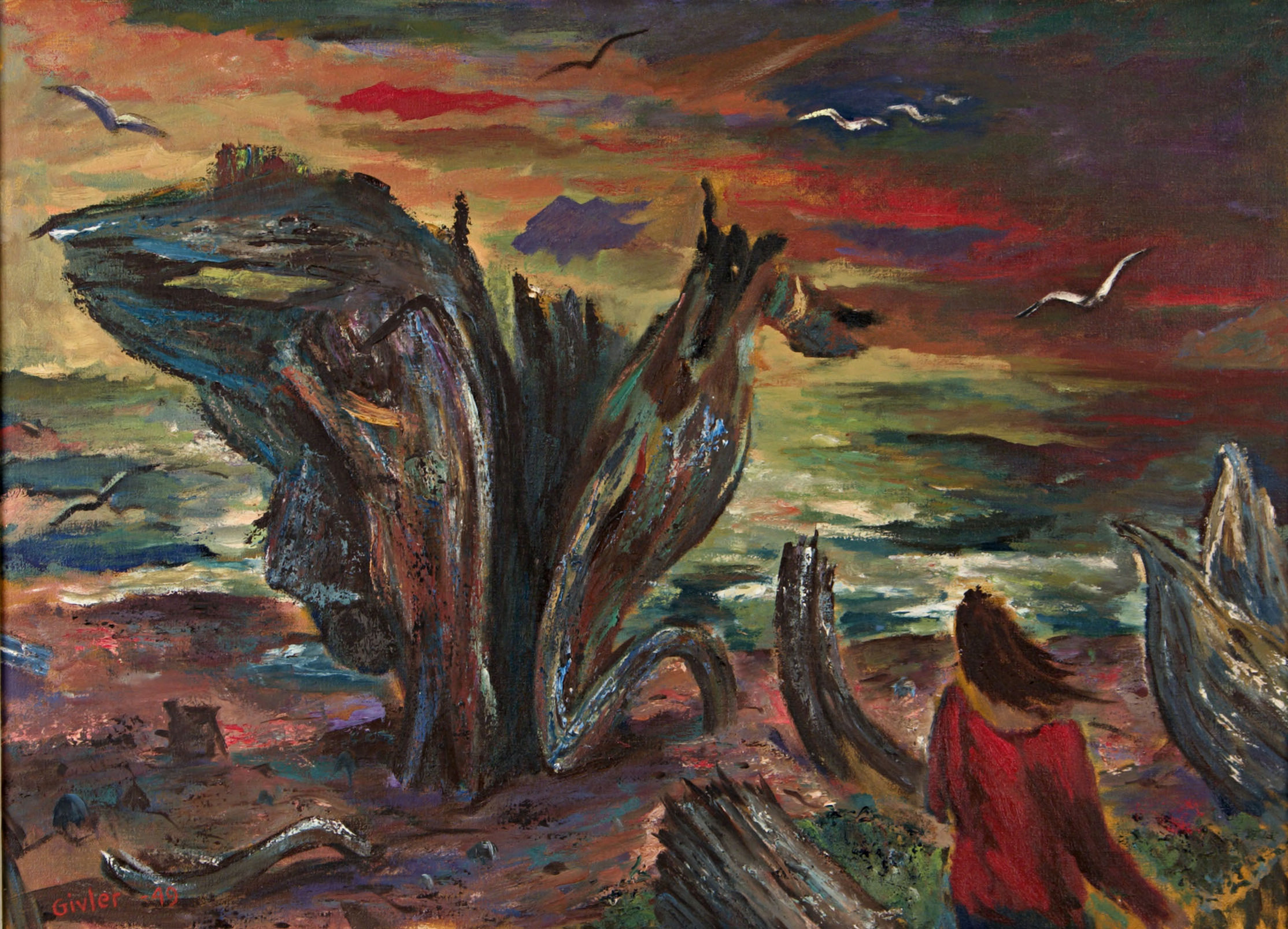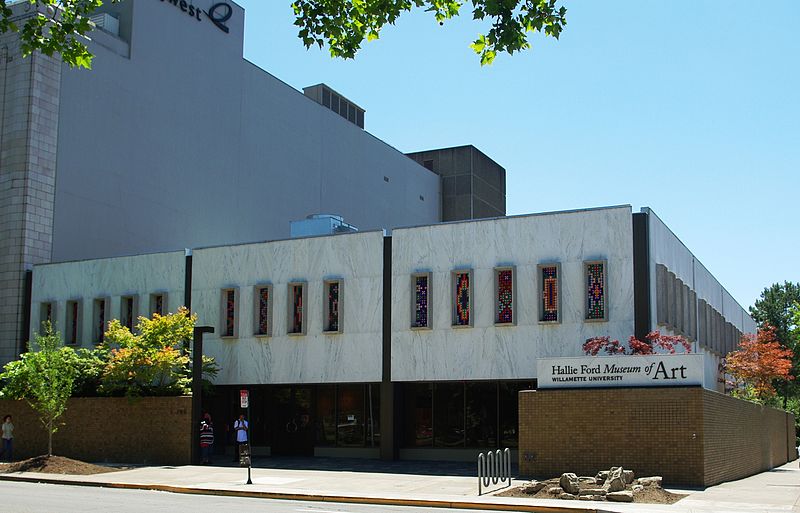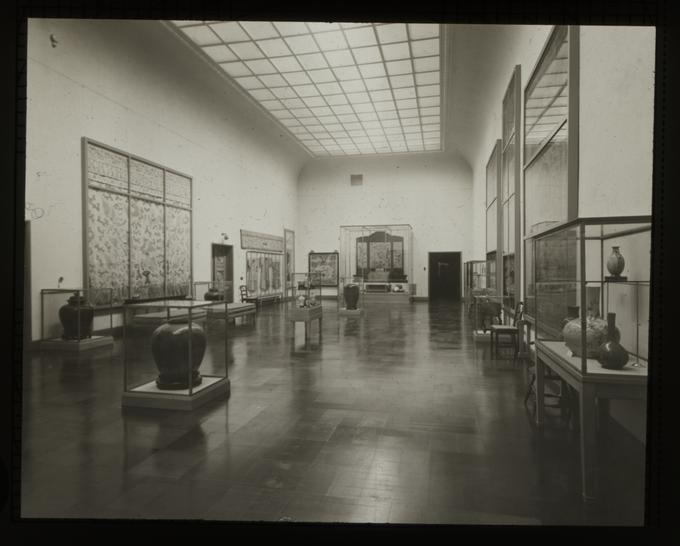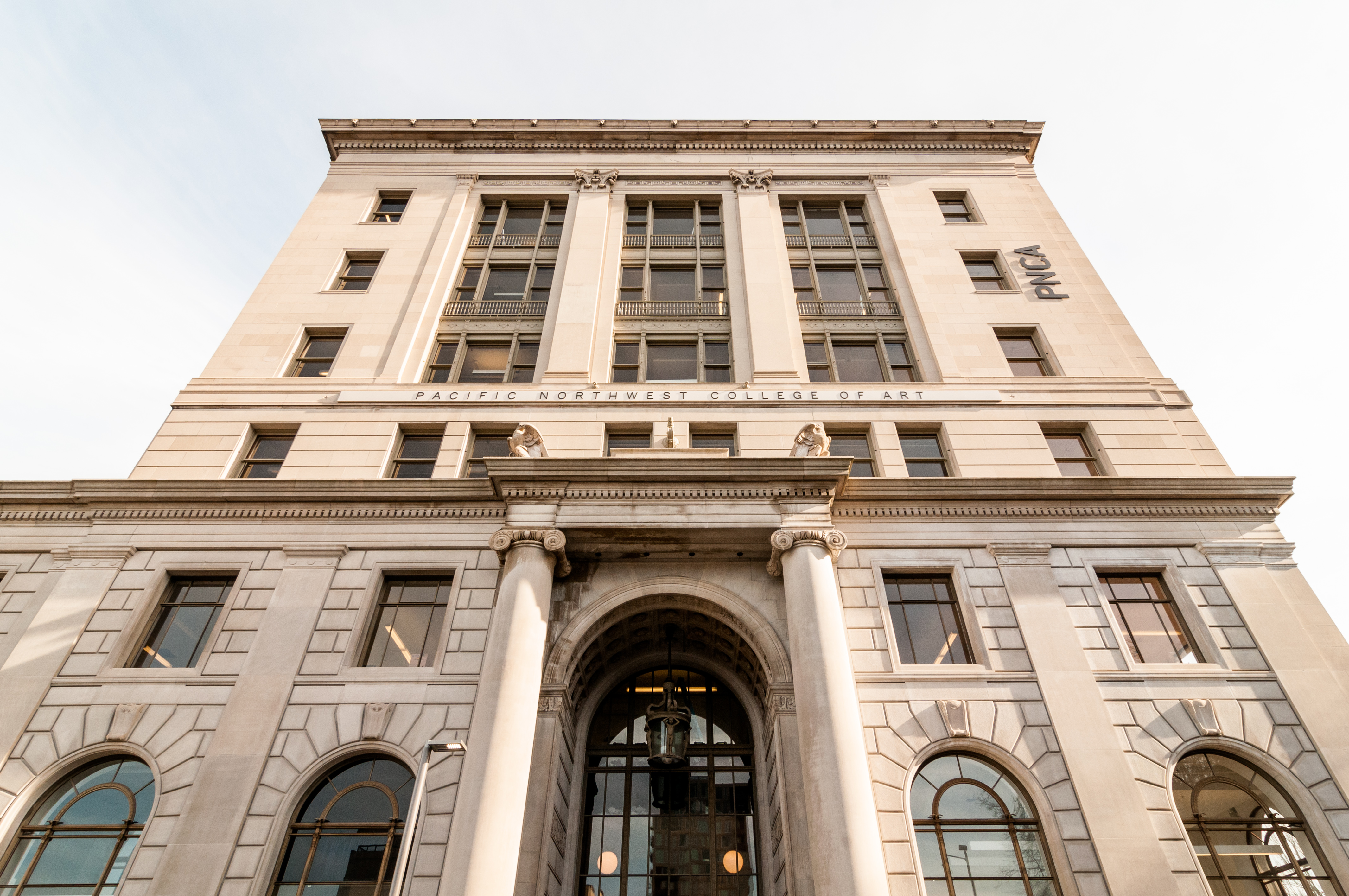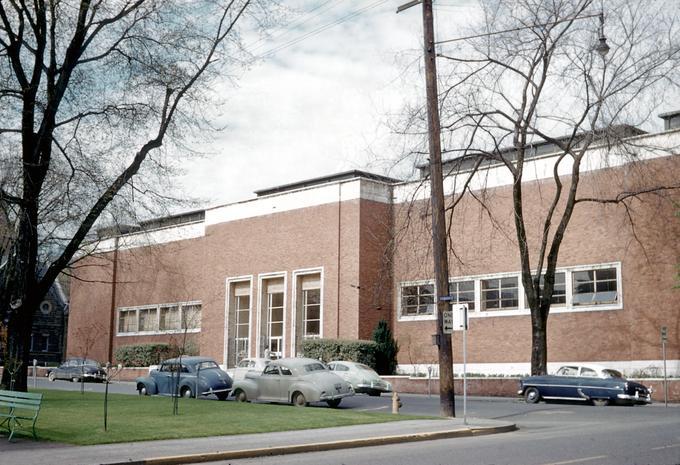William Givler was an artist and educator who joined the faculty of the Museum Art School (now Pacific Northwest College of Art) in Portland in 1931 and as dean from 1944 until his retirement in 1973 helped the school become an accredited, degree-granting institution. A printmaker as well as a painter, he laid the groundwork for the printmaking culture in Oregon and the Pacific Northwest. In prints and paintings, he often depicted human figures in turbulent landscapes, establishing himself as an Oregon expressionist.
William Hubert Givler was born in 1908 in Omaha, Nebraska. In Portland, he studied at the Museum Art School in 1925-1926, befriending fellow student Louis Bunce. Both enrolled at the Art Students League in New York, studying there in 1927-1931. Both became legendary instructors at the Museum School, and together they helped connect Portland with the New York art scene.
Givler returned to the Art Students League to study lithography in 1937; that year, he convinced the Museum Art School to buy a printing press, and he founded the lithography and intaglio program. He taught printmaking for years, established the first Print Annual at the Portland Art Museum in 1949, and demonstrated that printmaking can be a rich complement to painting. Several of his students, including Charles Heaney and George Johanson, emulated his practice of being both printmakers and painters.
Givler combined regional subject matter with modernist abstraction and (in painting) intense color. In this way he continued the tradition of his Museum Art School instructor Harry Wentz, who encouraged students to create modern art in response to the subject matter of the Northwest. For Givler, a favored subject was the Oregon coast, where he spent time with his wife Nell and their children at Wentz’s cottage at Neahkahnie.
A characteristic example of Givler’s painting is Driftage (1949; Hallie Ford Museum of Art), a tumultuous beachscape named for the logs and stumps that the artist transforms into writhing, expressionist forms. These and the figure of a woman are seen against a background of ocean waves and intensely colored sunset. Stewart H. Holbrook, the original owner, wrote in 1950: “I never saw, in life, a beach like that portrayed in ‘Driftage’, nor a sky, nor a woman . . . a scene both foreboding and beautiful, filled with the savage movement of unseen forces, with disturbing forms and colors.” Driftage was exhibited in the 1973-1974 “Art of the Pacific Northwest” organized by the National Collection of Fine Arts.
Givler exhibited in numerous solo and group exhibitions regionally and nationally. His work is in the collections of the Bibliotheque Nationale, Victoria and Albert Museum, Boston Public Library, Portland Art Museum, Seattle Art Museum, Oregon Capitol, Timberline Lodge, Hallie Ford Museum of Art (Willamette University), Jordan Schnitzer Museum of Art (University of Oregon), Mills College, and other institutions and corporations. The William H. Givler Thesis Award in Fine Arts is presented to outstanding students at the Pacific Northwest College of Art.
-
!["Driftage," oil on canvas, 1949.]()
Givler, William, Driftage.
"Driftage," oil on canvas, 1949. Artist William Givler. Hallie Ford Art Museum, Maribeth Collins Art Acquisition Fund, Gift of Elaine Bernat and Roger Saydack, SAY99.01
Related Entries
-
Hallie Ford Museum of Art
The Hallie Ford Museum of Art at Willamette University has only been in…
-
![Jordan Schnitzer Museum of Art]()
Jordan Schnitzer Museum of Art
The Jordan Schnitzer Museum of Art (JSMA), situated on the Memorial Qua…
-
![Pacific Northwest College of Art]()
Pacific Northwest College of Art
Pacific Northwest College of Art (PNCA), founded in 1909 by the Portlan…
-
![Portland Art Museum]()
Portland Art Museum
The Portland Art Museum, which opened in 1895 in the city library with …
Map This on the Oregon History WayFinder
The Oregon History Wayfinder is an interactive map that identifies significant places, people, and events in Oregon history.
Further Reading
Allan, Lois. Contemporary Printmaking in the Northwest. Sydney, Australia: Craftsman House, 1997.
Allen, Ginny and Jody Klevit. Oregon Painters, The First Hundred Years (1859-1959). Portland: Oregon Historical Society Press, 1999.
Harmon, Kitty. The Pacific Northwest Landscape: A Painted History. Seattle: Sasquatch Books, 2001.
Hull, Roger. “Region, Expression, and ‘Oregon Art’–1930-1970.” Oregon Humanities, Spring 2000: 46-52.



